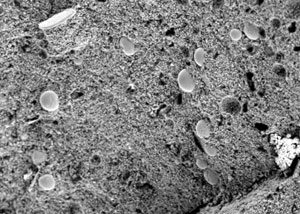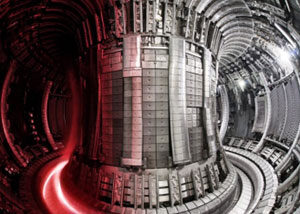Don Gebbett, Inventor

In 1966, Don Gebbett patented a process to produce Mg2B2O5, a novel ceramic material which he called Jeanite. The creation of a new material chemistry with low processing temperature that could be formed into large shapes were attractive features of this invention.
Today, more than 50 years later, interest in Don’s discovery has been rekindled as the UK pushes ahead with the development of nuclear fusion. Fusion, the process by which the sun produces heat and light, is a transformative technology with the potential to meet our needs for low cost, low carbon, power generation at scale. Much of this activity is being led by the UKAEA, the United Kingdom Atomic Energy Authority.
PMI has funded Don to work with UKAEA, and independent experts Prof Eduardo Saiz Gutierrez and Dr Iuliia Elizarova, from the Centre for Advanced Structural Ceramics (CASC) at Imperial College London, through Imperial Consultants.
Dr David Bowden, Materials for Fusion Lead at UK Atomic Energy Authority, said “Thanks to the support of PMI we have been able to work directly with Don and the CASC team, taking his initial ideas and developing his original formulation to address the need for improved neutron radiation shielding. Improved shielding is essential inside the fusion reactor – known as a tokamak – to protect the high-power magnets that confine the plasma. Current materials have significant limitations for this exceptionally demanding application.”
- Electron Micrograph of Jeanite structure (Image courtesy UKAEA).
- A tokamak (Image courtesy UKAEA)


